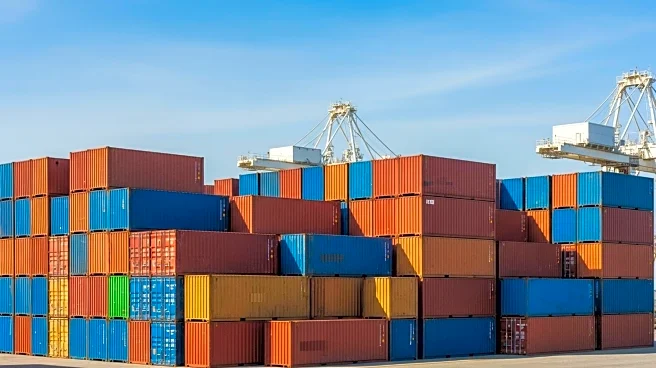What is the story about?
What's Happening?
The Gulf Statistical Center reports a significant increase in the workforce across GCC countries, growing from 28 million in 2020 to 34.9 million in 2024. This growth is attributed to economic reforms and diversification strategies, with female participation rising by 11.6 percent. The report highlights structural changes in the labor market, including new laws, nationalization programs, and expanded wage support schemes. These efforts aim to create a more balanced and competitive labor market aligned with the region's long-term economic visions.
Why It's Important?
The growth in the GCC workforce, particularly the increase in female participation, reflects the region's commitment to economic diversification and reform. By implementing policies that support gender inclusivity and workforce expansion, GCC countries are positioning themselves for sustainable economic growth. These changes could lead to increased innovation and productivity, benefiting both local economies and global markets.
What's Next?
Continued implementation of labor market reforms across GCC countries is expected to further enhance workforce diversity and economic stability. As these initiatives progress, they may attract more foreign investment and strengthen the region's position in the global economy. Monitoring the impact of these reforms will be crucial in assessing their long-term success.
Beyond the Headlines
The rise in female workforce participation in the GCC highlights broader societal changes, challenging traditional gender roles and promoting equality. This shift could lead to cultural transformations within the region, influencing social norms and expectations regarding gender and employment.
AI Generated Content
Do you find this article useful?













